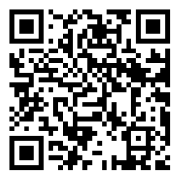One-step stain-free Fastcast Colorful Acrylamide Kit (12%) KB2186-50T
No liquid overlay or waiting for lower gel solidification required. The upper gel can be directly added, enabling complete gel preparation within 15 minutes.
Protein bands are immediately visualized via UV exposure imaging without additional staining.
Product Description
This kit provides a simple and rapid preparation of one-step PAGE coloured gels,No staining is required after the completion of gel electrophoresis, protein visualisation can be achieved after UV excitation for 1-5min. suitable for Tris-glycine electrophoresis system,can be used for SDS-PAGE gel electrophoresis and Native PAGE gel electrophoresis.
Compared with traditional acrylamide kits, there are the following advantages:
Stain-free, directly imaging by UV:This product does not require additional staining and destaining steps,protein visualisation can be activited after UV excitation for 1-5min,After gel imaging, subsequent experiments such as staining, silver staining and WB can be carried out normally
One-step cast, easy to use, fast and efficient: The kit is designed as a premixed solution for the stacking and resolving gel, which can cast gel by adding the modified coagulant. After casting the resolving gel, there is no need for liquid sealing to flatten the gel surface and wait for gelation, and the staking gel can be casted directly..
No need to add TEMED to avoid odours: No need to add TEMED during casting, thus avoid exposure to odourous and toxic reagents.
Colourful stacking gel with clear indications: The kit contains two stacking gel dyes (red/green) for the preparation of different coloured gels with clearly visible wells and for the differentiation of gels containing different samples. The colorful dye is stable in the stacking gel and does not migrate to the resolving gel with electrophoresis, thus not affecting the electrophoresis and staining effect. It is also easy to identify and excise the stacking gel after electrophoresis is completed, without affecting subsequent experiments such as Western Blot.
Excellent separation effect: protein bands after electrophoresis are flat, clear, delicate and sharp, especially for small molecule Proteins.
Approximately 50 regular sized gels can be prepared, depending on the thickness and size of the gel.
This manual applies to the One-Step Fastcast Colorful Acrylamide Kit series .
List of kits
Component name | Spec. |
Stacker A | 50 mL |
Stacker B | 50 mL |
Resolver A | 125 mL |
Resolver B | 125 mL |
Modified coagulant | 1 mL×5 |
Red Dye for PAGE Stacking Gel, 500X | 100 μL |
Green Dye for PAGE Stacking Gel, 500X | 100 μL |
Manual | 1pc |
Cat.No. | Concentration of gel | Quantity of gel that can be casted (approx.) |
KB2183-50T | 6% | 60 pieces of 0.75 mm gel, or 50 pieces of 1.0 mm gel, or 30 pieces of 1.5 mm gel |
KB2184-50T | 8% | |
KB2185-50T | 10% | |
KB2186-50T | 12% | |
KB2187-50T | 15% |
Storage and Shipping Conditions
Ship with wet ice; Modified coagulant promoter store at -20 ℃ , other store at 2-8 ℃ away from light, valid for 12 months.
Assay Protocol
1. Choose appropriate concentration of acrylamide solution according to molecular weight of target protein:
Concentration of acrylamide | Best separation range (kDa) (Tris-Glycine Buffer,G2018) | Best separation range (kDa) (SWE Fast High-Resolution Electrophoresis Buffer, G2081) |
6% | 50-300 | 15-300 |
8% | 30-130 | 10-250 |
10% | 20-100 | 5-150 |
12% | 10-60 | 3-100 |
15% | <40 | <60 |
2. Follow the steps below to cast the gel. Note that the amount of reagents used in each step and the amount of gel volume required for different thicknesses of glass plates are shown in the table below
(1) Take equal volumes of Resolver A and Resolver B and mix well.
(2) Take equal volumes of Stacker A and Stacker B, then accurately aspirate the Polyacrylamide gel (PAGE) stacker dye, add to the gel solution and mix well. Note: The Polyacrylamide gel (PAGE) stacker dye is easy to settle, and should be mixed well before use. In addition, the stacker dye can also not be added, then the stacking gel is colourless.
(3) Add the modified coagulant to the resolving gel mixture solution of (1) and mix gently. Inject the mixed gel solution into the assembled handcast glass plate so that the distance between the liquid surface and the upper edge of the concave glass plate is 0.5 cm longer than the length of the comb teeth .Note: When mixing after adding the modified coagulant, the action should be gentle to prevent a large number of air bubbles produced by violent mixing. The volume of the resolving gel solution already contains the appropriate amount of redundancy, please do not use all for casting the resolving gel, in order to avoid the stacking gel height is not enoug.
(4) Add the modified coagulant to the stacking gel mixture solution of (2) and mix gently. Without waiting for the resolving gel to solidify, the mixed stacking gel solution is directly injected into the handcast glass plate, and then insert the comb teeth.Note: When mixing after adding the modified coagulant, the action should be gentle to prevent a large number of air bubbles produced by violent mixing. And try to be as gentle as possible when injecting the stacking gel, to avoid rushing the stacking gel solution into the resolving gel.
(5) After about 10-15 min, the gel is solidified, and the electrophoresis can be carried out after removing the teeth of the comb.Note: It is normal for the stacking and resolving gel to be slightly uneven at the demarcation line after gel solidification, which will not affect the subsequent electrophoresis.
The volume of the stacking and resolving gel solutions can be adjusted proportionally for glass plates of different sizes and thicknesses. Taking the commonly used 8.3 cm x 7.3 cm gel plate as an example, the recommended preparation system is shown in the following table:
Preparation group | Component | 0.75 mm Glass Plates | 1.0 mm Glass Plates | 1.5 mm Glass Plates |
resolving gel solution | Stacker A | 2 mL | 2.5 mL | 4 mL |
Stacker B | 2 mL | 2.5 mL | 4 mL | |
Modified coagulant | 24 μL | 30 μL | 48 μL | |
stacking gel solution | Resolver A | 1 mL | 1 mL | 1.5 mL |
Resolver B | 1 mL | 1 mL | 1.5 mL | |
Modified coagulant | 12 μL | 12 μL | 18 μL | |
Stacker dye (red or green) | 4 μL | 4 μL | 6 μL |
3. Recommended electrophoresis conditions:
a. Electrophoresis with SWE Rapid High Resolution Electrophoresis Buffer : 150-250 V, 25-50 min
b. Or use Tris-Glycine electrophoresis buffer (G2018) for electrophoresis: stacking gel 90 V for about 30 min (marker goes into resolving gel); resolving gel 150-180 V for about 60-90 min (can be adjusted accordingly).
4. Stain-free Gel imaging:After electrophoresis, remove the gel from the glass plate and rinse it in pure water for about 5s.Put the rinsed gel into a pre-wiped clean imager for UV excitation (recommended wav elength 310nm) and exposure imaging, or observe it directly on the UV gel cutting meachine.Note:The UV activation of the fluorescent groups requires a certain amount of time, generally 1~5 min. the gel can show clear protein bands. After imaging, the gel can be normally used for subsequent experiments such as staining and WB
Note
1. If the temperature of the prepared Stacker/Resolver premix is low (just taken out of the refrigerator), please return it to room temperature before proceeding with the subsequent operations, to avoid prolonged gelation time due to its low temperature.
2. Modified coagulant is more stable than ammonium persulphate (AP), for routine use, it can store at 4℃ for six months; if not used for a long time, please place at -20 ℃ to avoid repeated freezing and thawing.
3. please mix solution gently by inverting it before use..
4. The presence of acrylamide in the premixed liquid is harmful to human, please pay attention to protective measures during operation.
5. In order to ensure the electrophoretic effect,slowly and evenly add the prepared stacking gel foluid.
6. Cast the gel as soon as possible after adding the modified coagulant, do not leave it for a long time.
7. There is a significant positive correlation between gelation speed and temperature. Under the sameconditions, the higher the temperature, the faster the gelation speed, room temperature is too high, it is recommended to reduce the amount of modified coagulant promoter; on the contrary, if the room temperature is low, it can be appropriate to extend the gelation time.
8. If you need to accelerate the speed of gelation, you can add the appropriate amount of TEMED before casting, and at the same time increase the amount of modified coagulant by 0.5 times.
9. UV light is weakly penetrating, and there must be no glass, baffle or other barrier between the gel and the carrier table during imaging.
10. Recommended for activation with UV light at 310nm.
11. For your safety and health, please wear a lab coat and disposable gloves.
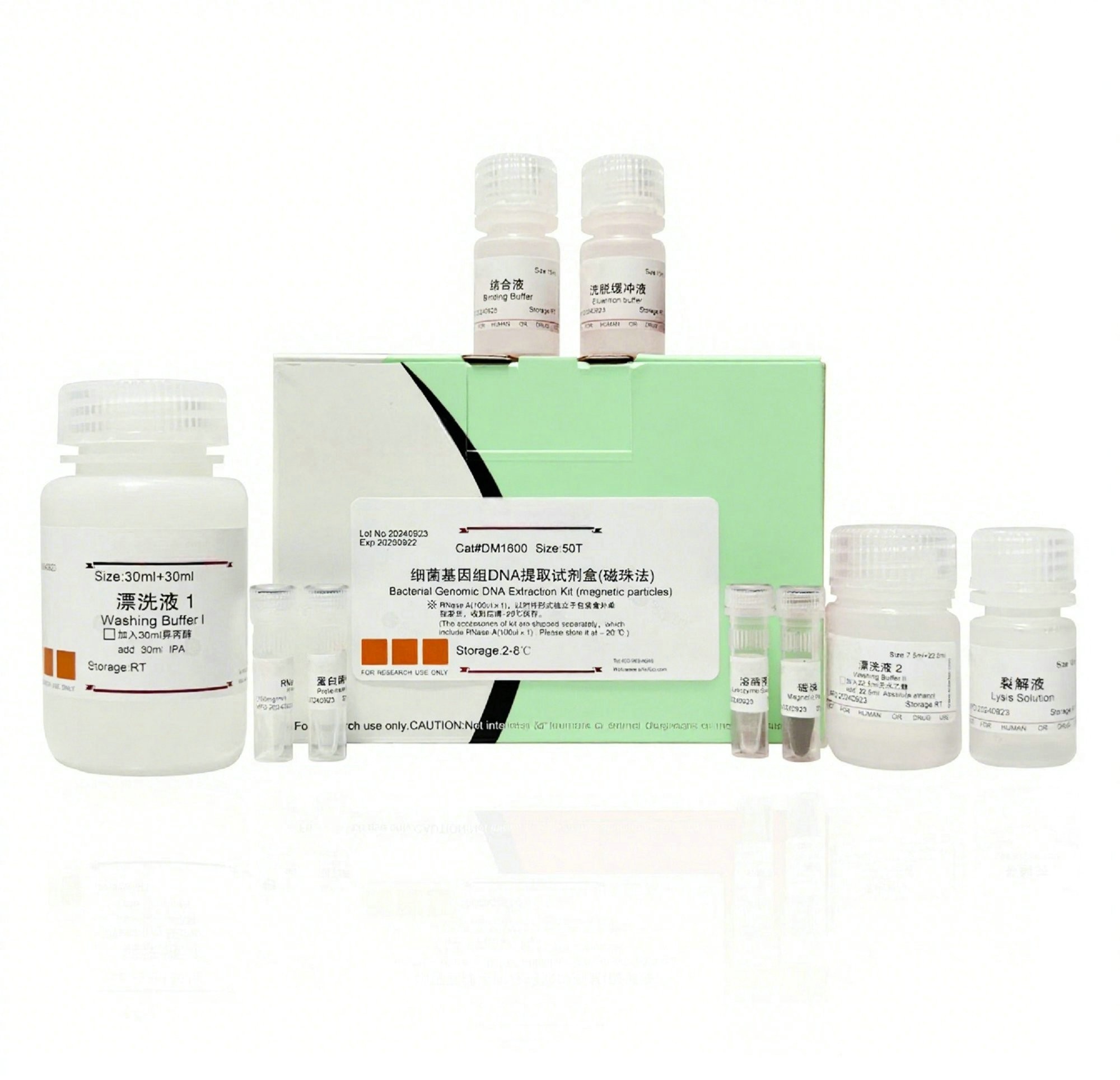
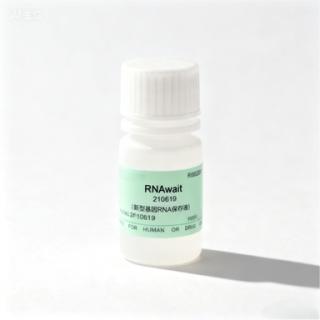
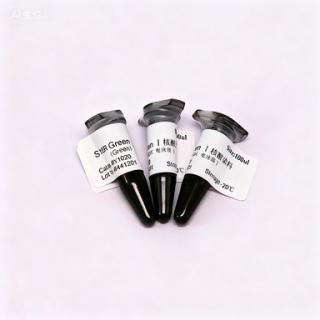
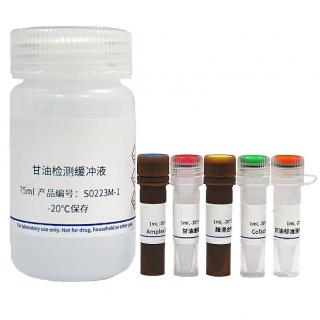
 sales
sales